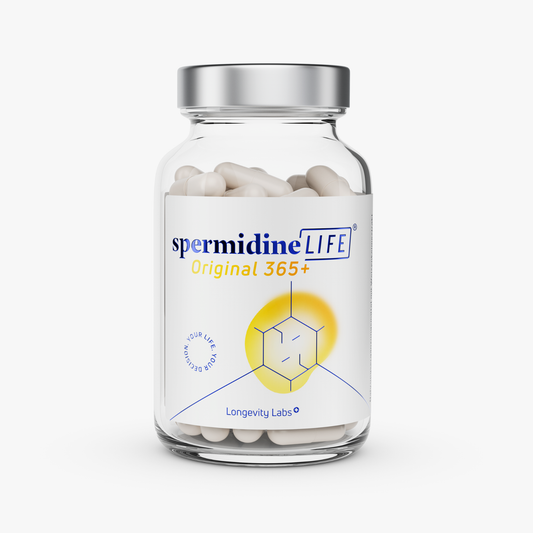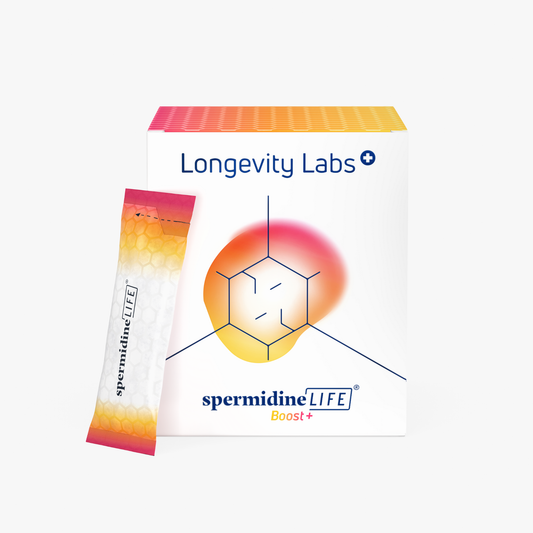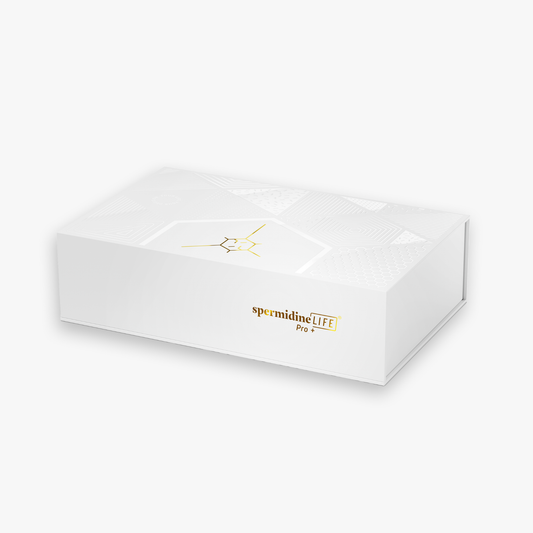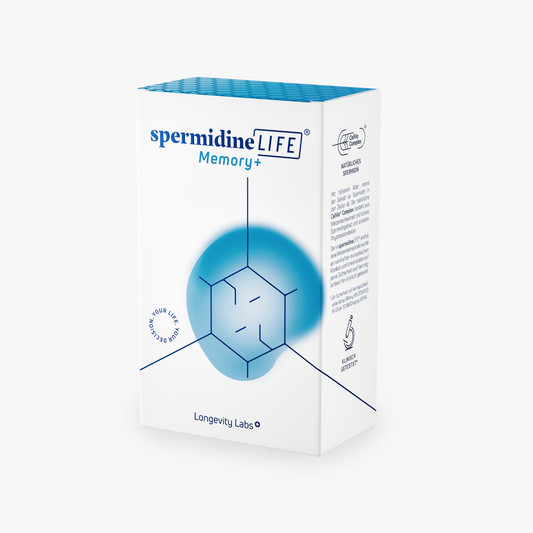
Our cells as waste disposers: Our cellular recycling systems are masters of detoxification
Fasting,Science, TLL LongevityLabsFebruary is the time of fasting and therefore the time when we cleanse our bodies and dispose of the garbage that has accumulated. But what many do not know is that the positive effects of fasting, which we often talk about, already begin in our cells. This is because they are true masters of detoxification and waste disposal.
As described in the contribution to the energy production of our cells it was already evident that garbage in the form of protein waste regularly accumulates in our mitochondria during the continuous energy production processes. And when the performance of the mitochondria is exhausted, the little power plants of our cells even have to be shut down completely. Of course, this also applies to other processes in our cells that generate waste.
Another example of how much cellular waste is created is the endless signaling proteins that our bodies use to send messages to each of our cells. For example, adrenaline in a dangerous situation. In this situation, the signaling molecule binds to receptor proteins on almost all body tissues to trigger a whole cascade of bio-molecular processes, which in turn initiate vital bodily responses: Our pulse increases, breathing rate accelerates, additional energy is made available through fat breakdown. In short, our body prepares itself for a possible escape from the source of danger. But what happens to all these proteins once the danger has been averted? How do we get rid of them again?
How to detoxify the cells
So the question arises as to how our cells ensure that all this waste does not grow into gigantic and toxic garbage dumps until it possibly even impedes vital processes. The answer is simple: Nature has thought of that, too! It has developed a phenomenal waste detection, waste separation and recycling system in our body cells. To be precise, there are even two waste disposal systems in our cells: on the one hand, the ubiquitous waste disposal system and on the other hand the ubiquitous waste separation system.
Let's start first with the ubiquitin-proteasome system, which is responsible for disposing of the vast quantities of enzymes, signaling proteins and hormones that have done their job and are no longer needed. These highly specialized proteins are, so to speak, the hazardous waste of our body. It should be recycled as well as possible so that its components can be reused.
Small cleaning system does great things
For this purpose, the body has its own garbage police - the so-called "chaperones" - which recognize and mark damaged proteins. These markers are called "ubiquitins". So anyone who is ubiquitinated is disposed of and sent to the garbage chipper - the proteasome. These proteasomes float in droves in the cytoplasm of our cells and look like a hollow cylinder with lids at both ends. The lids recognize the tagging flags, unravel the folded proteins and guide them inside, where they are chopped up and recycled into tiny, recyclable peptides, or amino acid chains. These exit the end of the cylinder and can be used to build new proteins.
The second waste separation and disposal system of our cells is the so-called autophagic lysosomal system. It takes care of the more complex garbage such as discarded mitochondria, cell debris, metabolic products or objects foreign to the cell such as viruses and bacteria.
Disposal of "garbage" from the cells
The disposal process in this system begins with the element to be degraded being trapped by a cell membrane. Once this is closed, the structure is called an autophagosome. The only thing that can then enter the construct is the lysosome - a membrane vesicle that contains a highly effective digestive cocktail. It can really break down everything that occurs in our body. Be it proteins, fats, sugars or even DNA. Once the lysosome has penetrated the autophagosome - the construct is then referred to as an autolysosome - it lets its contents run wild and breaks down the garbage into its smallest components. This process, by the way, is also drawn as macro-autophagy.
But our cells are such good garbage disposers and recyclers that they go even one step further: They recycle not only the garbage, but also the garbage disposal systems themselves when they have had their day. So when it is time for programmed cell death of the systems - also called apoptosis - the ubiquitin-proteasome system and the autophagic lysosomal system simply digest themselves.
Slowing down the purification processes
So far, so good. But now comes the problem: as we age, our cellular recycling systems become more tired - according to recent research, especially the autophagy process and the lysosomes. They can no longer do their full job, and there is an imbalance between the increasing amount of damaged proteins and the potential amount of protein degradation. This mainly affects cells that live longer. such as the T cells. They "litter" over time and true toxic waste stores develop inside them. And the accumulated cellular waste can lead to premature aging and disease.
Now for the good news
We can ensure that our body's recycling system is maintained for longer! This was shown, for example, by studies on over-centenarians, in whom the autophagosomes still function well for the very most part. The miracle work of the cellular garbage disposal takes thus with very large probability a substantial influence on our aging.
But how do these long-lived people manage to maintain their cellular recycling systems?
Well, the answers probably sound familiar: with a healthy lifestyle, a healthy diet and sufficient exercise (especially interval training). But also - and the latest research has confirmed this - with fasting! Because this stimulates our internal autophagy process. So if you spontaneously still want to use the fasting time, you will find here some types of interval fasting that are particularly effective. In addition, results of the mentioned studies on the health-promoting effect of.
Further tips
And last, but not least: For all those who want to stimulate your cells to renew even in times without fasting and High Intensity Interval Training: We have kept a simple, but extremely effective backdoor free for you: spermidineLIFE® features the same effects!
If you want to know more about the cell competence detoxification, we recommend the book "Aging becomes curable"by Nina Ruge and Dr. Dr. med. Dominik Duscher.






